Supreme Court starts term full of elections, LGBT rights and Trump
Published in Political News
WASHINGTON — The Supreme Court begins a new term Monday that could shape the power of the presidency, determine the role of race and federal control of elections and curtail LGBT rights nationwide — with more cases on the horizon on contentious policy and political issues.
The 6-3 conservative-controlled court has agreed to decide cases on more than half a dozen major issues, including President Donald Trump’s tariffs affecting trillions of dollars in international trade, the use of race in redistricting and whether a ban on so-called “conversion therapy” violates free speech rights.
Aziz Huq, a law professor at the University of Chicago who focuses on constitutional law, is among experts who said the justices have set up for themselves a blockbuster term.
“What’s really striking is how aggressively the justices have inserted themselves into not just hot-button issues of the culture wars, but into questions about basic terms, and even the health of American democracy, and particularly through its emergency docket,” Huq said.
By the time the term concludes at the end of June, the Supreme Court also could add to its docket of cases set for oral arguments. Across the nation, states, interest groups and companies have challenged Trump administration moves to reshape the federal government, any of which could end up at the court by the end of this term.
Along the way, the justices are poised to make consequential decisions through its emergency docket, where the justices have made preliminary decisions on issues such as immigration enforcement, the firing of officials at independent agencies and government spending with sweeping consequences for policy.
In the past nine months, the court has issued dozens of those preliminary decisions in favor of the Trump administration, frequently overruling lower courts that found he likely broke the law.
Trump’s power
The justices will hear arguments in November about the legality of Trump’s so-called Liberation Day tariffs on most countries worldwide, as well as additional ones on China, Mexico and Canada.
And they will hear arguments in December over the power of the president to fire federal officials at independent agencies after Trump has cleared out dozens of Democratic appointees to boards ranging from the National Labor Relations Board to the Consumer Product Safety Commission.
In the tariffs case, the administration has argued that in emergency situations, such as facing large imports of illegal drugs or massive trade deficits, the president has the power to “regulate” imports, which includes setting tariffs.
Both the U.S. Court of International Trade and U.S. Court of Appeals for the Federal Circuit disagreed, finding that Congress did not give the president the authority to set tariff rates with the law. The Supreme Court has allowed the Trump administration to keep the tariffs in place as it decides the issue.
While the case hinges on the meaning of the word “regulate” in a 1977 trade law, experts said the case could ripple across presidential power more broadly, redefining how much power presidents can read into a law passed by Congress.
Alan B. Morrison, an associate dean at George Washington University Law School, said at a recent event that the case will be a key test for the balance of power between the presidency and the justices. He said this same conservative-controlled court has routinely ruled against broad claims of presidential power in recent years, saying Congress must be explicit when answering “major questions” of political and economic policy.
“If that isn’t a major question, I don’t know what is,” Morrison said of the tariff case.
Whether the court sticks to that trend in the tariffs case will be a major test for the current majority, he said.
“If they don’t say no to Trump in this tariffs case, then in terms of regulation of his authority, they’re not going to say no to anything on the firing cases, on the removal of officers, or virtually anything else,” Morrison said. “This seems to be it.”
In the firings case, Democratic Federal Trade Commission appointee Rebecca Slaughter has challenged Trump’s firing of her, arguing that Congress intended to keep the vast powers of the FTC insulated from direct presidential control.
At the core of the case is a 90-year-old decision known as Humphrey’s Executor v. United States, where the court held that presidents could not fire the members of multimember executive agencies such as the FTC. In several emergency cases over the past few months the justices have preliminarily allowed Trump to remove officials, signaling a possible end to congressionally mandated firing protections.
Huq said that allowing a president such a free hand in who sits on independent agencies could enable more behavior like that of Federal Communications Commission Chair Brendan Carr, who last week threatened the licenses of TV stations that air criticism of the president.
“I think it’s a different thing entirely for an entity to be pursuing, not a substantive policy but punishing critics of a particular president, using its regulatory powers,” Huq said. “There’s just a world of difference between changing policy on how the net be run and engaging in viewpoint discrimination against critics of the president in a fairly straightforward violation of the First Amendment.”
Experts also said that numerous other hot-button issues could end up before the Supreme Court, including the legality of Trump’s effort to curtail birthright citizenship through executive order. The Trump administration has filed an application for the justices to hear the legality of that effort.
Federal elections
The Supreme Court has taken on three major election law cases, including the future of the Voting Rights Act, the legality of limits on political party coordination and what, exactly, constitutes Election Day.
The justices asked to hear arguments about the constitutionality of a second Black opportunity district in Louisiana, which has been tangled in litigation for years. The court fight could result in yet another map for Louisiana and change the rules for redistricting nationwide.
The case involves an apparent conflict between the VRA, which requires states to provide minority communities with an opportunity to elect the candidates of their choice, and the Constitution’s ban on racial discrimination.
The justices have asked the state and two sets of challengers to argue over “Whether the State’s intentional creation of a second majority-minority congressional district violates the 14th or 15th Amendments to the U.S. Constitution.”
Spencer Overton, a law professor at George Washington University, said the Louisiana case is about “nothing less than the survival of Section 2 of the VRA,” which guarantees minority voters the opportunity to vote for candidates of their choice.
About 80% of Congressional Black Caucus members come from such districts and depending on how the court rules then those district lines could be subject to court challenge, Overton said.
Such a decision could allow even more slanted political maps, Overton said, after a decision several years ago prohibited federal courts from getting involved with partisan gerrymandering claims.
“After that, Section 2 was one of the few brakes on unbridled gerrymandering here,” Overton said. “That is another reason why so much is at stake.”
The justices also will decide a GOP-led challenge to limitations on party coordinated spending on behalf of political candidates. The Trump administration has declined to defend the federal election law and Democrats have intervened.
Jennifer Nou, a law professor at University of Chicago, said at an event last month that the current Supreme Court had struck down other Federal Election Commission limits and were “in tension” with the older cases upholding the current spending limit.
Nou said a decision against party coordinated spending would allow Trump greater control over federal elections through his role as the head of the Republican Party. That “effectively will allow presidential control to be augmented over federal elections when the president can control the party,” she said.
In another case out of Illinois, the court could decide how to handle late-arriving mail ballots, an issue that Republicans have pushed since the 2020 election, when Democrats saw a significant advantage in mail voting.
LGBT rights
The justices will decide two sets of LGBT rights cases: one on the legality of bans on transgender girls participating in girls’ sports and the second on the constitutionality of so-called “conversion therapy” bans.
Although the cases concern state laws in Idaho, West Virginia and Colorado, the justices’ rulings in those cases could reverberate nationwide. Republicans in the House emphasized those stakes, filing a brief on behalf of the chamber in the West Virginia case last week. They emphasized that a ruling in favor of the transgender athletes could “open the floodgates” to children competing in sports nationwide.
“Affirming the decision below would mean that states and local school boards lack the power to separate sports programs based on biological sex and could mean the same for Congress,” the brief said.
The Trump administration has made a major issue of restricting transgender girls’ participation in girls’ sports, including signing an executive order restricting federal funds from going to programs that allow it. The administration has also filed suit against California and Maine over allegedly defying the ban.
Congressional Republicans have gotten involved too, passing a standalone bill to bar federal funds from programs that allow transgender girls to participate in girls’ sports. Additionally, House Republicans advanced an education spending bill to prohibit federal funds from going to programs that allow the same.
The court is also facing a petition to overturn its 2015 decision legalizing same-sex marriage nationwide, but it has not decided yet whether to hear the case.
©2025 CQ-Roll Call, Inc., All Rights Reserved. Visit cqrollcall.com. Distributed by Tribune Content Agency, LLC.
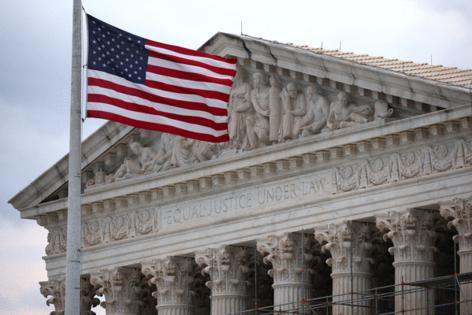


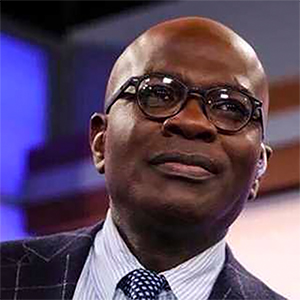



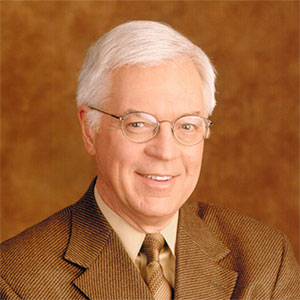

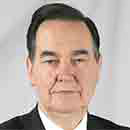













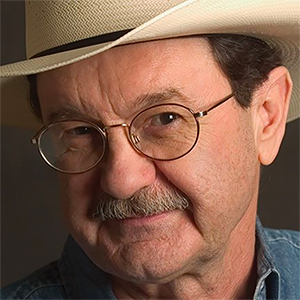


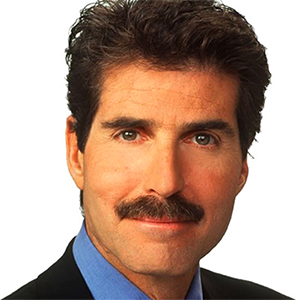
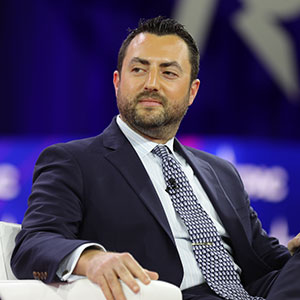
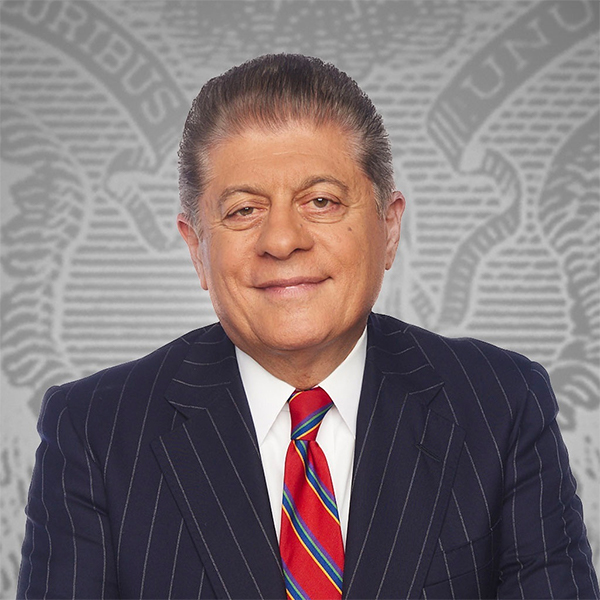









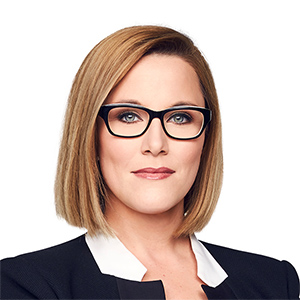










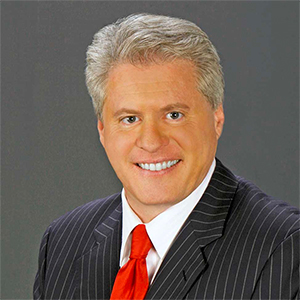
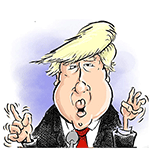
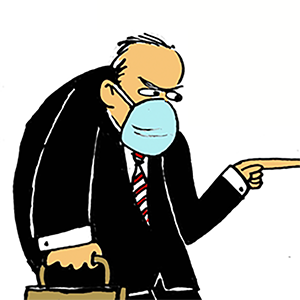
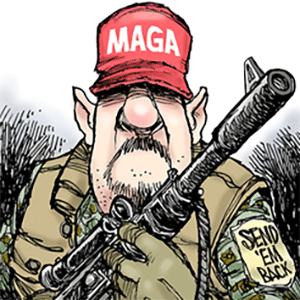
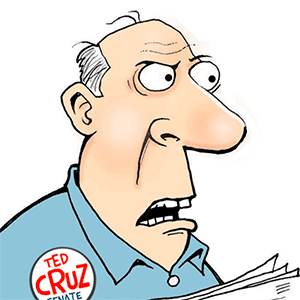


Comments